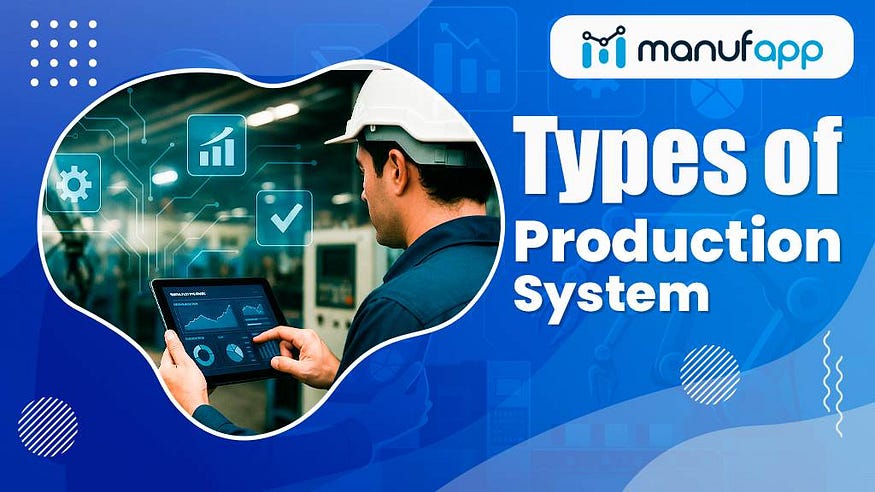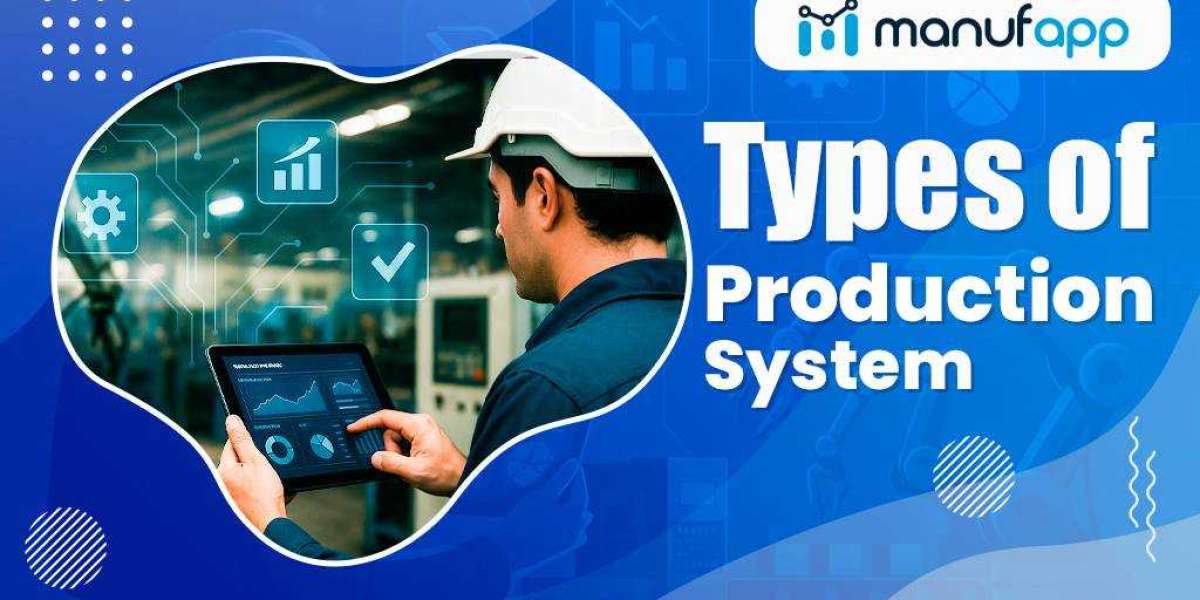In today’s competitive business world, every company wants to make high-quality goods quickly and at a low cost. Production Operations Management is the key to this efficiency. It is a very important job that makes sure production runs smoothly, quality output, and the best use of resources. Good Production and Operation Management has a direct effect on profitability, customer satisfaction, and long-term performance, whether the business is a service or a manufacturing organisation.
What does Production Operations Management mean?
Production Operations Management is the planned, organised, directed, and controlled way of doing all the steps needed to make goods and services. It emphasises on turning basic resources or inputs (including labour, machines, and technology) into completed commodities that fulfil the needs of customers.
It’s the process of taking ideas and resources and making them into products that can be sold. This area of management makes ensuring that production tasks are done quickly and at a high standard.
The basic purpose of Production and Operations Management is to:
Cut down on the costs of making things
Keep up high standards of quality
Make the best use of resources
Make sure that things are delivered on schedule.
What is the difference between production management and operation management?
Even though people often use the terms “Production Management” and “Operations Management” interchangeably, they mean different things.
Production management is all about manufacturing industries. It includes things like designing, scheduling, and regulating how things are made.
Operations Management is broader in scope because it applies to both manufacturing and service businesses and includes all areas of improving processes and operational efficiency.
Production and Operations Management work together to build a system that boosts production, makes sure quality control, and encourages ongoing improvement in all areas of the firm.
The Role of a Production System in Managing Production
The manufacturing System is an organised way to connect inputs, transformation processes, and outputs. It is at the centre of any manufacturing process. A good Production System in Production Management decides how well resources are turned into final items.

Different kinds of production systems:
System for Job Production
Making things to order for each client or in small groups.
For example, furniture manufactured to order or machinery made to order.
System for Batch Production
Makes things in batches, with each batch going through one step before going on to the next.
For example, bakeries or making clothes.
System for Mass Production
Using assembly lines to make a lot of the same things.
For example, making cars or electronics.
System of Continuous Production
Production of highly standardised goods without any breaks.
For example, oil refineries, cement facilities, or chemical businesses.
Choosing the correct Production System in Production Management depends on the type of product, the market demand, the technology, and the cost structure.
Important Roles of Production Operations Management
A robust production operations management strategy has a number of important parts that help the business run smoothly:
1. Designing and making the product
Before making a product, it needs to be well-designed so that it meets the needs of customers and the aims of the business. This entails making prototypes, testing them, and improving designs to find the right balance between quality and cost.
2. Designing the process
Once the product is ready, managers figure out how to make it by picking the correct tools, equipment, and structure for the workflow. This makes sure that everything runs well and that there is little downtime.
3. Planning for capacity
Capacity planning is figuring out how much output is needed to meet customer demand. It helps companies deal with changes in demand that happen at certain times of the year and avoid bottlenecks.
4. Checking the quality
Keeping the quality of your products high is important for your brand’s reputation. Using total quality management (TQM) and strategies for continual improvement makes sure that products always meet or exceed standards.
5. Managing your inventory
Good inventory management finds a balance between meeting consumer needs and keeping storage costs low. It comprises keeping an eye on the inventory of raw materials, work-in-progress, and finished goods.
6. Managing Maintenance
Taking care of machines and equipment on a regular basis lowers the chance of problems and keeps production going smoothly.
Why Production Operations Management is Important
A good Production and Operations Management system has many benefits for businesses:
Increased Productivity: Processes that are more efficient consume less time and produce more.
Cost Efficiency: Smart use of resources can assist bring down the cost of making things.
Better Quality: Quality control systems make sure that products are always the same and work as expected.
Customer Satisfaction: Customers trust you more when you deliver on time and give them better products.
Sustainability: Running things efficiently cuts down on waste of resources and damage to the environment.
In the end, Production Operations Management makes sure that a business stays competitive and makes money even when the market changes.
Contemporary Trends in Production Operations Management
Production Operations Management has changed since old systems since technology is moving so quickly. Digital transformation and data-based decision-making are increasingly what drive modern production settings.
1. Robots and automation
Automation makes production faster and more accurate while lowering the chance of human error. Robotics is very important for tasks that are dangerous and repetitive since it makes them safer and more efficient.
2. Lean Production
Lean concepts try to cut down on waste without lowering productivity. It is all about making things better all the time and giving customers more value.
3. Smart Manufacturing and Industry 4.0
Industry 4.0 combines IoT, AI, and big data to make factories smarter. Real-time data helps keep an eye on operations, guess when things will go wrong, and improve performance.
4. Green production and sustainability
To reduce their carbon impact and encourage long-term growth, businesses are using eco-friendly ways to make things.
Problems with managing production operations
Even if technology has improved, businesses still have problems like:
Costs of raw materials are going up
Problems in the supply chain
Not enough skilled workers
Competition around the world
Need to quickly adjust to changes in the market
To deal with these problems, you need to be creative, flexible, and always look for ways to make things better.
Conclusion
In conclusion, Production Operations Management is what makes a corporation successful. It brings together people, processes, and technology so that high-quality goods may be made quickly. Businesses can reach operational excellence, cost optimisation, and long-term growth by learning and using good Production and Operation Management techniques, together with a strong Production System in Production Management.
If you want to make sure that every step in your process provides value to your product, your consumers, and your brand, you need to know how to manage production operations. This is true whether you run a small factory or a huge industrial business.
original reference - https://medium.com/@txdigitalteam/understanding-production-operations-management-the-key-to-running-a-business-well-826ed7d09417







